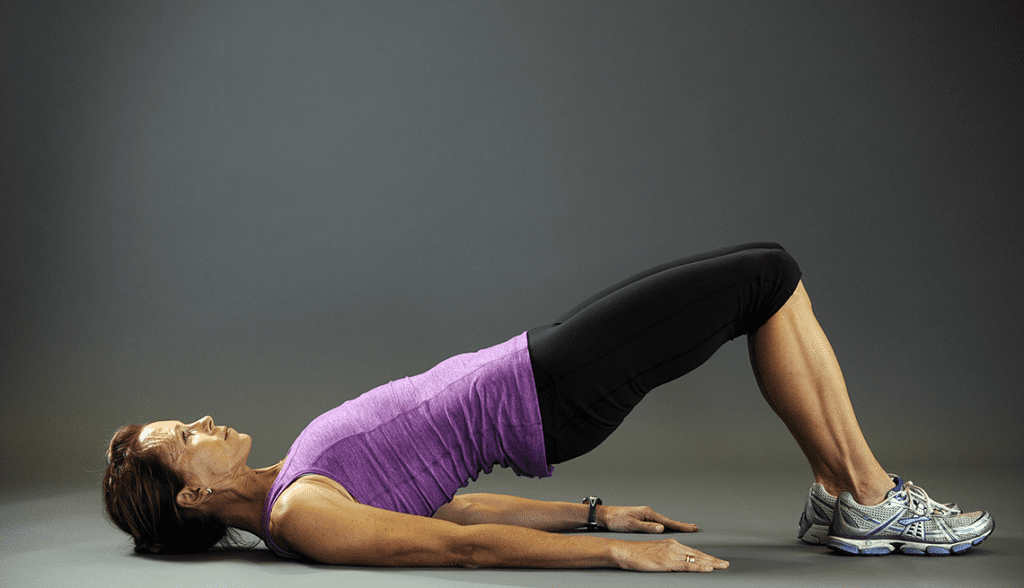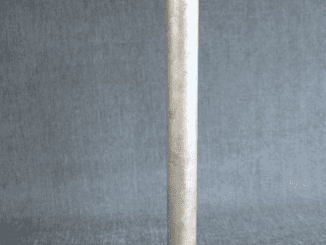Back pain can strike without warning, leaving you debilitated and unable to move freely. Whether it’s from lifting something heavy, an awkward twist, or a sudden jolt, acute back pain can stop you in your tracks, making everyday tasks seem impossible. The thought of reaching for painkillers is tempting, but there’s a better, more natural way to relieve your sore back. If you’re tired of relying on pills and want fast, effective relief, read on. These proven techniques will help you relax, stretch, and strengthen your back muscles, helping you get back on your feet in no time.
Why Acute Back Pain Happens & How to Prevent It

Before diving into relief methods, it’s important to understand what happens when you experience acute back pain. Typically, this pain stems from muscle strain, improper posture, or injury. The back muscles can become tight and stiff, causing discomfort and restricting movement. Prolonged sitting, improper lifting, or even stress can exacerbate these issues.
The good news is that with the right approach, you don’t have to endure the pain. There are simple, yet powerful methods you can use to relax your muscles, reduce tension, and help your spine return to a neutral, pain-free state. Let’s dive into these techniques.
1. Relax Your Spine: The Key to Immediate Relief
The first step to relieving acute back pain is to relax the spine. When the muscles in your back are tight, they pull on your vertebrae, causing discomfort and limited movement. By taking a few minutes to stretch and relax the spine, you can release muscle tension and reduce pain. Here’s how you can do it:
Steps to Relax Your Spine:
- Sit on the mat with your legs extended straight in front of you.
- Keep your toes about 5-10 cm apart.
- Roll up a large towel and place it under your knees to relieve pressure.
- Place a large pillow under your thighs, ensuring that your upper body rests on the pillow, with your head gently touching it.
- Stay in this position for at least 5 minutes, or longer if possible.
This simple position helps stretch your spine, releasing tension in the back muscles. It allows your muscles to relax, which can relieve muscle spasms and stiffness.
2. Engage Your Psoas Muscles: A Hidden Cause of Back Pain
Many people overlook the importance of the psoas muscles when dealing with back pain, but these muscles play a crucial role in stabilizing the spine. When the psoas becomes tight or overstretched from prolonged sitting or standing, it can lead to discomfort in the lower back.
How to Release Tension in the Psoas Muscles:
- Lie on the mat with your legs extended.
- Place a yoga block or a thick pillow under your pelvis.
- Gently relax your lower back toward the floor, allowing the muscles to release.
- Stay in this position for 5 minutes or longer, allowing the psoas to fully relax.
By engaging in this simple exercise, you release the tension in the psoas muscles and balance the pressure on your spine, leading to significant pain relief.
3. A Quick 2-Minute Exercise to Relieve Lower Back Tension

If you’re looking for a quick fix, these two-minute exercises are highly effective at targeting the muscles responsible for back pain. They help stretch and strengthen the muscles in your back, hips, and legs.
Exercise #1:
- Sit on the mat and stretch your right leg out in front of you.
- Bend your left leg at the knee and place your foot flat on the ground.
- Pull the left knee toward your chest with your left hand, hold for a few seconds, then release.
- Repeat 10 times, then switch sides.
Exercise #2:
- Lie on your back with your knees bent.
- Raise your legs about 10-15 cm above the ground.
- Hold this position for a few seconds, then place your feet back on the ground.
- Repeat this movement 5 times.
Exercise #3:
- Lie down with your legs extended.
- Extend the tip of your right leg towards the floor while bending your left knee.
- Grasp the left knee with both hands and gently pull it toward your chest.
- Hold for a few seconds, release, and repeat on the other knee.
Exercise #4:
- Sit on the mat and spread your legs in front of you.
- Reach forward towards your toes, trying to touch them.
- Don’t force it—bend as low as you can without feeling strained.
- Repeat 10 times.
These simple movements target key muscle groups that support the back. Not only do they relieve tension, but they also improve flexibility and circulation in the lower back.
4. Stretching the Glutes: A Powerful Tool for Lower Back Pain

The glutes play a major role in stabilizing the lower back. Tension in the glutes can radiate pain into the lower back, making stretching them a highly effective way to alleviate discomfort.
Glute Stretching Technique:
- Sit on the mat with your knees bent and feet on the ground.
- Lift your legs and cross them, placing the ankle of one leg over the knee of the other leg.
- Grab the top leg with the opposite hand and gently pull it towards your body.
- Stay in this position for 1-2 minutes, then switch sides.
By focusing on the glutes, you release the tension that may be affecting your lower back. This exercise helps loosen up the muscles and reduces pain.
5. Find Acupressure Points to Relieve Back Pain
Acupressure is an ancient technique that uses targeted pressure on specific points of the body to relieve pain. When it comes to back pain, there are specific acupressure points located on your knees that can help alleviate discomfort in the lower back.
How to Apply Acupressure for Back Pain:
- Locate the acupressure points on your knees by finding the center of each knee.
- Apply light pressure on these points for 2-3 minutes.
- While applying pressure, take deep, steady breaths.
By stimulating these acupressure points, you’ll help release tension in the lower back, providing quick relief from pain.
6. Use a Tennis Ball for Tension Relief in the Glutes

A tennis ball is a simple tool that can be used to apply pressure to the gluteal muscles, which helps release tightness in the lower back.
How to Use a Tennis Ball for Relief:
- Sit on the mat with your legs spread out and place a tennis ball under your butt on one side.
- Gently move your body back and forth until you locate the painful spot.
- When you find the spot, bend the knee of the same leg and place your ankle on the knee of your opposite leg.
- To find balance, support yourself with your hands behind you.
- Hold the position for 1-2 minutes, then switch sides.
This technique targets the gluteal muscles, improving blood circulation and releasing tension that can help alleviate back pain.
7. Lavender Oil: A Natural Remedy for Muscle Relaxation
Lavender oil is widely known for its calming and anti-inflammatory properties. Using lavender oil can provide much-needed relief for sore muscles, including the back.
How to Use Lavender Oil for Back Pain:
- Mix a spoonful of coconut oil with a few drops of lavender essential oil.
- Gently massage the mixture into the affected area of your back.
- The soothing properties of lavender will help relax the muscles and reduce inflammation.
This natural remedy is a gentle and effective way to ease pain without relying on harsh chemicals.
8. Foot Bath to Relieve Back Pain

Soaking your feet in a warm bath can help relax your entire body. By adding Epsom salts to the water, you can enhance the soothing effects, as magnesium helps to reduce muscle tension.
How to Prepare a Foot Bath:
- Fill a basin with warm water (not too hot) and add half a cup of Epsom salt.
- Stir the solution and soak your feet for 5-7 minutes.
- Rinse your feet with clean warm water and wrap them in a towel.
The magnesium in the Epsom salt will help relieve muscle spasms and ease back pain by absorbing into your skin.
Conclusion: Quick and Effective Solutions for Acute Back Pain
Back pain can be a huge setback, but it doesn’t have to control your life. With the methods outlined in this article, you can find relief without resorting to medication. By relaxing the spine, stretching key muscle groups, using acupressure, and incorporating natural remedies like lavender oil and foot baths, you’ll have a toolbox of strategies to manage and reduce your back pain. So, before you reach for the painkillers, try these highly effective techniques to get back on your feet—literally—quickly and safely.


